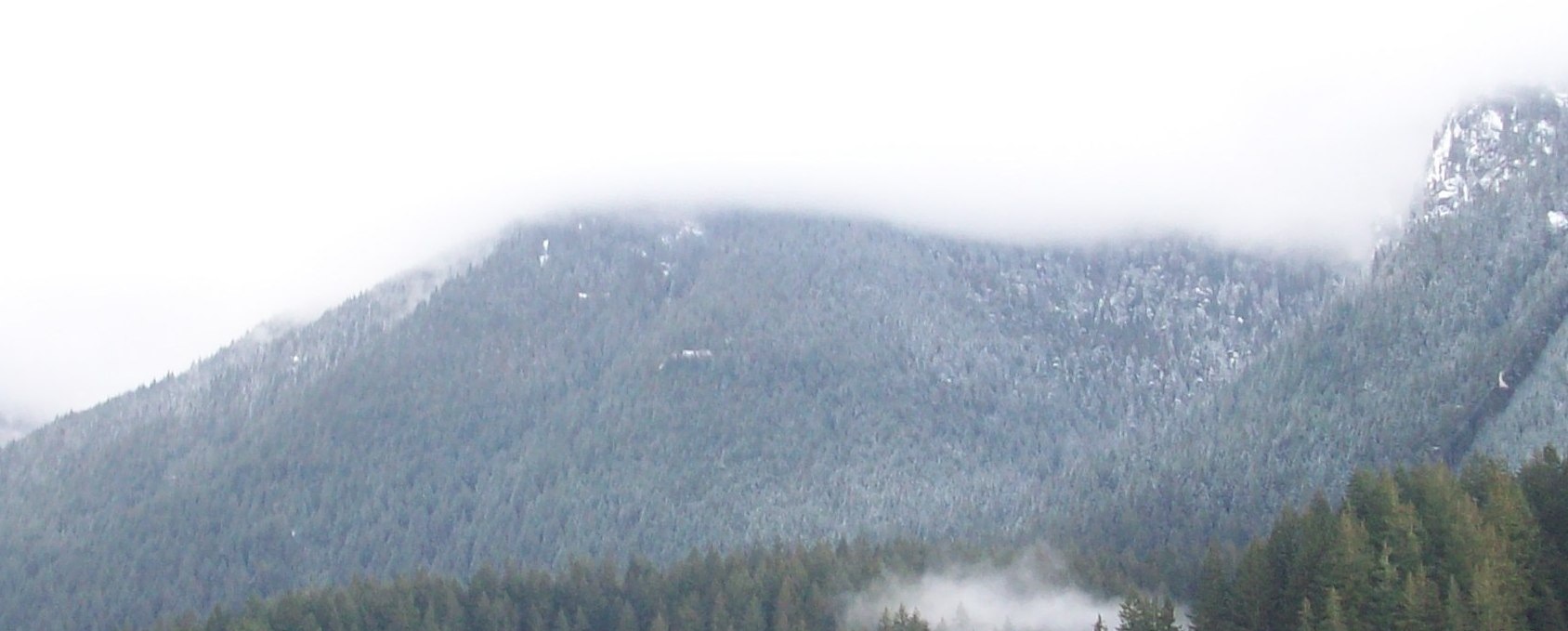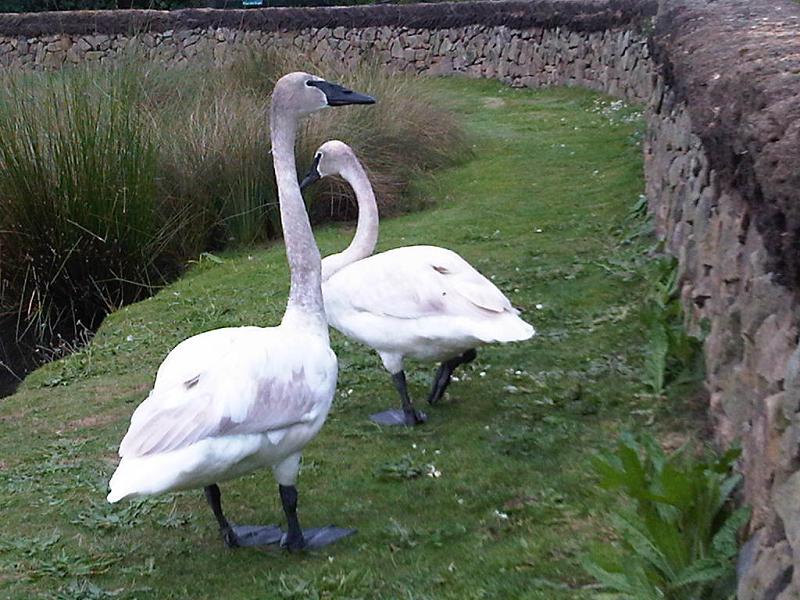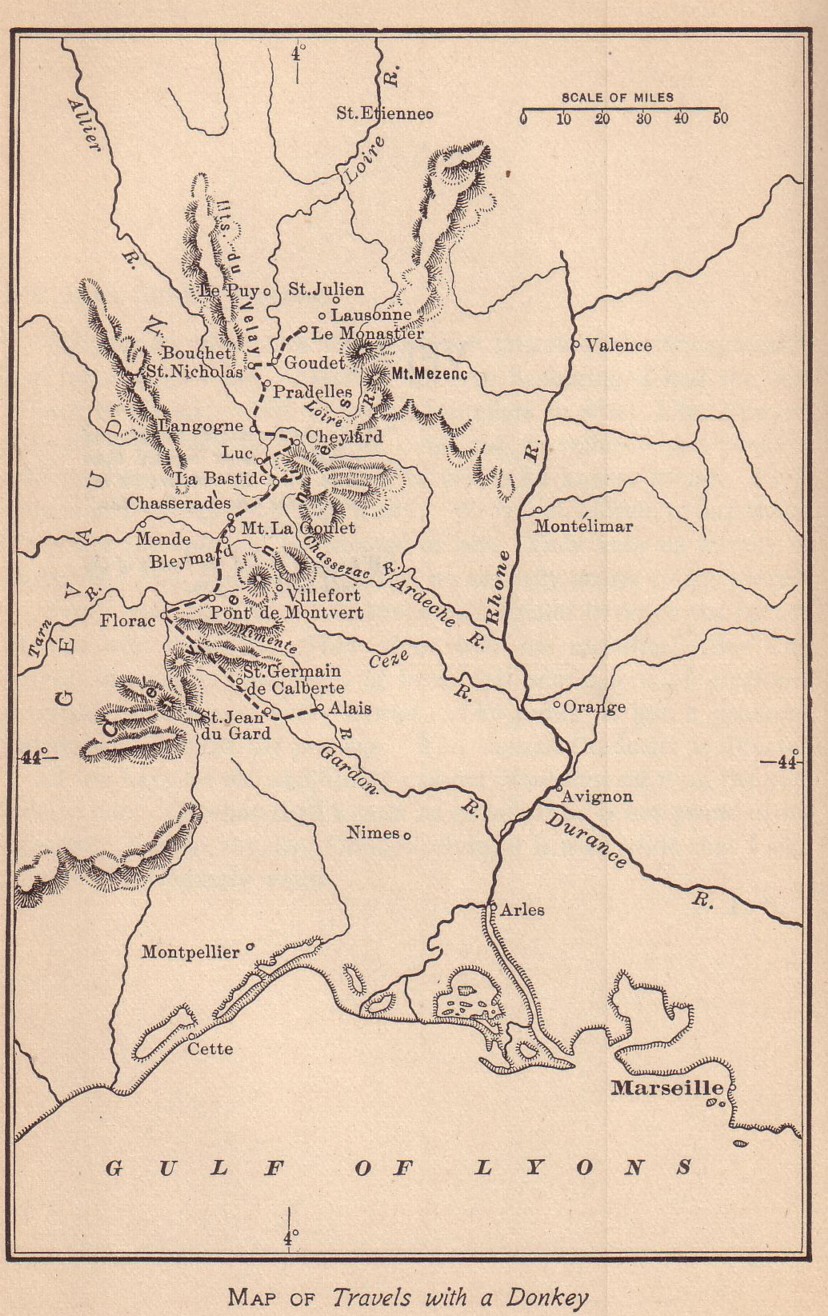|
Edwards Range
The Edwards Range is a small mountain range near the northern end of the Pacific Ranges of the Coast Mountains of British Columbia, Canada, located north of Gellenspetz Creek and southeast of the town of Bella Coola. It has an area of 179 km2. Name origin The range is named for Ralph Edwards, a pioneering settler and conservationist whose biography, ''Crusoe of Lonesome Lake'', written by Leland Stowe, is a well known work of wilderness literature. Edwards is also known for his work protecting trumpeter swans in Tweedsmuir South Provincial Park. See also *List of mountain ranges This is a list of mountain ranges on Earth and a few other astronomical object, astronomical bodies. First, the highest and longest mountain ranges on Earth are listed, followed by more comprehensive alphabetical lists organized by continent. Rang ... References Pacific Ranges {{BritishColumbiaCoast-mountain-stub ... [...More Info...] [...Related Items...] OR: [Wikipedia] [Google] [Baidu] |
Mountain Range
A mountain range or hill range is a series of mountains or hills arranged in a line and connected by high ground. A mountain system or mountain belt is a group of mountain ranges with similarity in form, structure, and alignment that have arisen from the same cause, usually an orogeny. Mountain ranges are formed by a variety of geological processes, but most of the significant ones on Earth are the result of plate tectonics. Mountain ranges are also found on many planetary mass objects in the Solar System and are likely a feature of most terrestrial planets. Mountain ranges are usually segmented by highlands or mountain passes and valleys. Individual mountains within the same mountain range do not necessarily have the same geologic structure or petrology. They may be a mix of different orogenic expressions and terranes, for example thrust sheets, uplifted blocks, fold mountains, and volcanic landforms resulting in a variety of rock types. Major ranges Most geolo ... [...More Info...] [...Related Items...] OR: [Wikipedia] [Google] [Baidu] |
Pacific Ranges
The Pacific Ranges are the southernmost subdivision of the Coast Mountains portion of the Pacific Cordillera. Located entirely within British Columbia, British Columbia, Canada, they run northwest from the lower stretches of the Fraser River to Bella Coola, British Columbia, Bella Coola and Burke Channel, north of which are the Kitimat Ranges. The Coast Mountains lie between the Interior Plateau and the British Columbia Coast, Coast of British Columbia. The Pacific Ranges include four of the five major coastal icecaps in the southern Coast Mountains. These are the largest temperate-latitude icecaps in the world and fuel a number of very major rivers (by volume, not length). One of these contains Mount Waddington, the highest summit entirely within British Columbia. Also within this region is Hunlen Falls, among the highest in Canada, located in Tweedsmuir South Provincial Park. Other than logging and various hydroelectric developments, and a large ski resort at Whistler, Briti ... [...More Info...] [...Related Items...] OR: [Wikipedia] [Google] [Baidu] |
Coast Mountains
The Coast Mountains () are a major mountain range in the Pacific Coast Ranges of western North America, extending from southwestern Yukon through the Alaska Panhandle and virtually all of the British Columbia Coast, Coast of British Columbia south to the Fraser River. The mountain range's name derives from its proximity to the sea coast, and it is often referred to as the Coast Range. The range includes volcanic and non-volcanic mountains and the extensive ice fields of the Pacific Ranges, Pacific and Boundary Ranges, and the northern end of the volcano, volcanic system known as the Cascade Volcanoes. The Coast Mountains are part of a larger mountain system called the Pacific Coast Ranges or the Pacific Mountain System, which includes the Cascade Range, the Insular Mountains, the Olympic Mountains, the Oregon Coast Range, the California Coast Ranges, the Saint Elias Mountains and the Chugach Mountains. The Coast Mountains are also part of the American Cordilleraa Spanish term for ... [...More Info...] [...Related Items...] OR: [Wikipedia] [Google] [Baidu] |
British Columbia
British Columbia is the westernmost Provinces and territories of Canada, province of Canada. Situated in the Pacific Northwest between the Pacific Ocean and the Rocky Mountains, the province has a diverse geography, with rugged landscapes that include rocky coastlines, sandy beaches, forests, lakes, mountains, inland deserts and grassy plains. British Columbia borders the province of Alberta to the east; the territories of Yukon and Northwest Territories to the north; the U.S. states of Washington (state), Washington, Idaho and Montana to the south, and Alaska to the northwest. With an estimated population of over 5.7million as of 2025, it is Canada's Population of Canada by province and territory, third-most populous province. The capital of British Columbia is Victoria, British Columbia, Victoria, while the province's largest city is Vancouver. Vancouver and its suburbs together make up List of census metropolitan areas and agglomerations in Canada, the third-largest metropolit ... [...More Info...] [...Related Items...] OR: [Wikipedia] [Google] [Baidu] |
Canada
Canada is a country in North America. Its Provinces and territories of Canada, ten provinces and three territories extend from the Atlantic Ocean to the Pacific Ocean and northward into the Arctic Ocean, making it the world's List of countries and dependencies by area, second-largest country by total area, with the List of countries by length of coastline, world's longest coastline. Its Canada–United States border, border with the United States is the world's longest international land border. The country is characterized by a wide range of both Temperature in Canada, meteorologic and Geography of Canada, geological regions. With Population of Canada, a population of over 41million people, it has widely varying population densities, with the majority residing in List of the largest population centres in Canada, urban areas and large areas of the country being sparsely populated. Canada's capital is Ottawa and List of census metropolitan areas and agglomerations in Canada, ... [...More Info...] [...Related Items...] OR: [Wikipedia] [Google] [Baidu] |
Bella Coola, British Columbia
Bella Coola is an unincorporated community in the Bella Coola Valley of British Columbia, Canada. ''Bella Coola'' usually refers to the entire valley, encompassing the settlements of Bella Coola proper ("the townsite"), Lower Bella Coola, Hagensborg, Salloompt, Nusatsum, Firvale, and Stuie. It is also the location of the head offices of the Central Coast Regional District. The entire Bella Coola Valley has a population of 2,163 as of the 2021 census. This was an increase of 8% from the 2016 census, when the population was 2,007. Geography The primary geographical structure of the community, both in terms of physical structures and population distribution, is the long, narrow Bella Coola River valley. The river meanders along the eastern and northern edges of the town before discharging into the head of North Bentinck Arm. Highway 20 (known over most of its length as the Chilcotin Highway) stretches from the Government wharf (on the Pacific Ocean) through the exten ... [...More Info...] [...Related Items...] OR: [Wikipedia] [Google] [Baidu] |
Ralph Edwards (homesteader)
Ralph Edwards, ( – July 3, 1977) was a pioneering British Columbian homesteader, amateur pilot and leading conservationist of the trumpeter swan. He received the Order of Canada in 1972 for his conservation efforts, See video. and is the namesake of the Edwards Range mountains. Edwards and his family were celebrated in a number of books and films, including Leland Stowe's best-selling ''Crusoe of Lonesome Lake'' (1957), which led to Edwards being the surprise honoree on the 1957 Christmas Day edition of '' This Is Your Life''. Biography Early life Edwards was born around 1891–92 in the mountains of North Carolina. After a few years he moved with his medical-missionary parents to India where he spent three years in the foothills of the Himalayas, until the age of eight, coming to love the mountains. He then returned to North Carolina for two years of school, and then to Massachusetts where he lived with his great-uncle helping him on his farm, developing a love of farming. ... [...More Info...] [...Related Items...] OR: [Wikipedia] [Google] [Baidu] |
Leland Stowe
Leland Stowe (November 10, 1899 – January 16, 1994) was a Pulitzer Prize winning American journalist noted for being one of the first to recognize the expansionist character of the German Nazi regime. Biography Stowe was born in Southbury, Connecticut. After graduating from Wesleyan University in 1921, where he was a member of a fraternity that later became a chapter of Kappa Alpha Society, he started working as a journalist and became a foreign correspondent in Paris in 1926 for the ''New York Tribune''. He won a Pulitzer Prize in 1930 for his coverage of the Reparations Conference in The Hague. Stowe was a runner-up for a second Pulitzer Prize in 1940 for his work as a war correspondent in World War II and his coverage of the Russo-Finnish War. In the summer of 1933, Stowe visited Nazi Germany. Shocked by its militarism, he wrote a series of critical articles that were not published as the articles were seen as too alarmist. Stowe published the articles in a book, ''Nazi G ... [...More Info...] [...Related Items...] OR: [Wikipedia] [Google] [Baidu] |
Wilderness Literature
Outdoor literature is a literature genre about or involving the outdoors. Outdoor literature encompasses several different subgenres including exploration literature, adventure literature and nature writing. Another subgenre is the guide book, an early example of which was Thomas West's guide to the Lake District published in 1778. The genres can include activities such as exploration, survival, sailing, hiking, mountaineering, whitewater boating, geocaching or kayaking, or writing about nature and the environment. Travel literature is similar to outdoor literature but differs in that it does not always deal with the out-of-doors, but there is a considerable overlap between these genres, in particular with regard to long journeys. History Henry David Thoreau's ''Walden'' (1854) is an early and influential work. Although not entirely an outdoor work (he lived in a cabin close to civilization) he expressed the ideas of why people go out into the wilderness to camp, backpack and hik ... [...More Info...] [...Related Items...] OR: [Wikipedia] [Google] [Baidu] |
Trumpeter Swan
The trumpeter swan (''Cygnus buccinator'') is a species of swan found in North America. The heaviest living bird native to North America, it is also the largest extant species of waterfowl, with a wingspan of 185 to 304.8 cm (6 ft 2 in to 10 ft 2 in). It is the American counterpart and a close relative of the whooper swan (''Cygnus cygnus'') of Eurasia, and even has been considered the same species by some authorities. By 1933, fewer than 70 wild individuals were known to exist; extinction seemed imminent until aerial surveys discovered a Pacific population of several thousand trumpeter swans around Alaska's Copper River. Careful reintroductions by wildlife agencies and the Trumpeter Swan Society gradually restored the North American wild population to over 46,000 birds by 2010. Taxonomy The trumpeter swan was formally described in 1831 by the Scottish naturalist John Richardson in the fourth volume of ''American Ornithology; or, The Natural History of Birds Inh ... [...More Info...] [...Related Items...] OR: [Wikipedia] [Google] [Baidu] |
Tweedsmuir South Provincial Park
Tweedsmuir South Provincial Park is a provincial park covering parts of the eastern Kitimat Ranges, northern Pacific Ranges, and the Rainbow Range in British Columbia, Canada. It was established on May 21, 1938 in the western interior of the province, to protect its important natural features. The park hosts a variety of recreation activities for visitors. This park encompasses a range of diverse species in this park including bears, moose, and various fish. There are also a few at risk species in this park. First Nations For the Nuxalk people, salmon from South Tweedsmuir's waterways have had significant cultural and economic importance. Salmon served, and continues to serve, as a reliable, important food source. In 2005-2015, sockeye salmon spawners in South Tweedsmuir's Atnarko River diminished in numbers from 30,000 to 2,500. In a recovery plan, made by the Nuxalk Nation, three key recovery strategies were suggested: improve general knowledge of the sockeye’s ecology, con ... [...More Info...] [...Related Items...] OR: [Wikipedia] [Google] [Baidu] |




